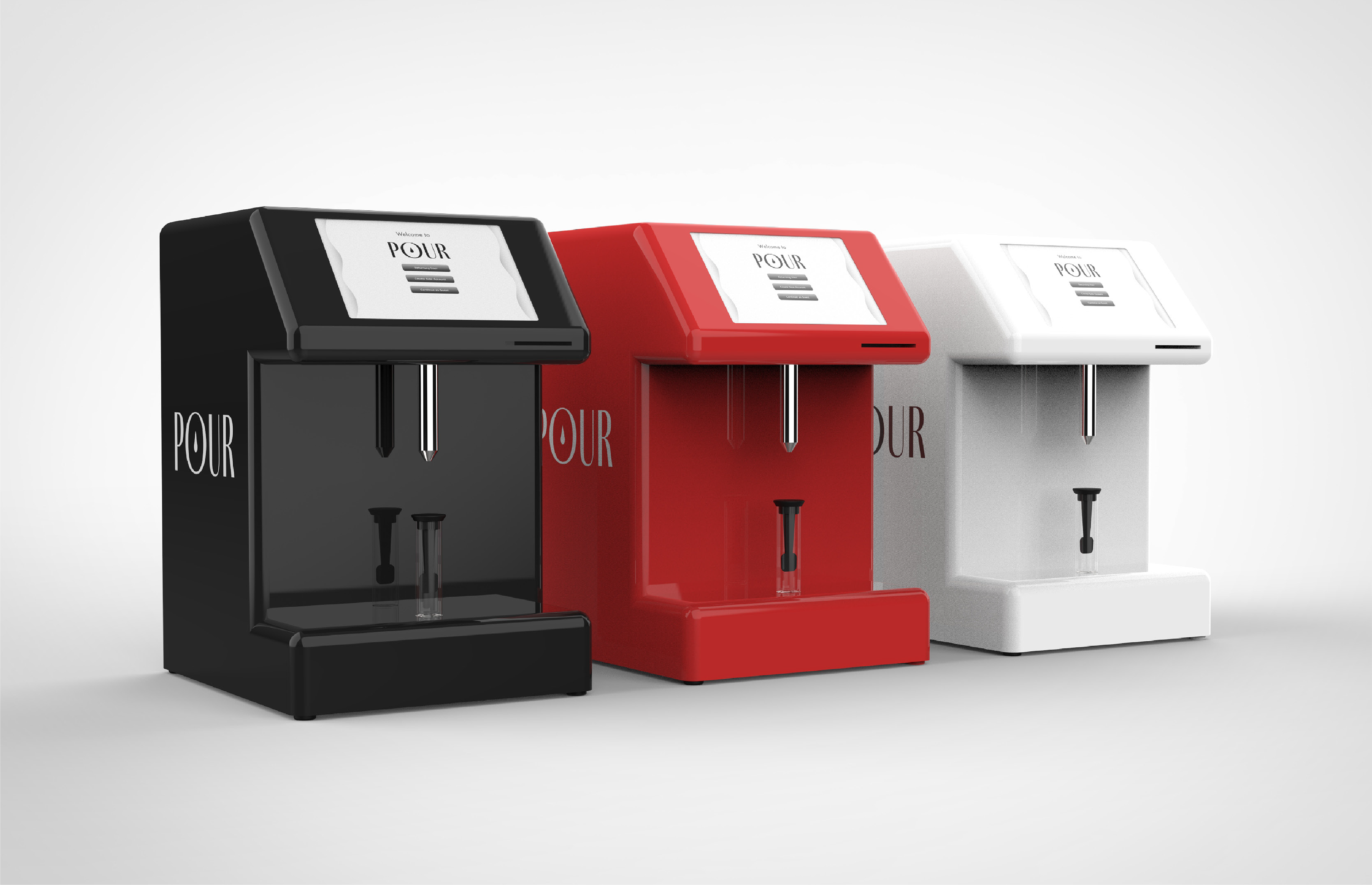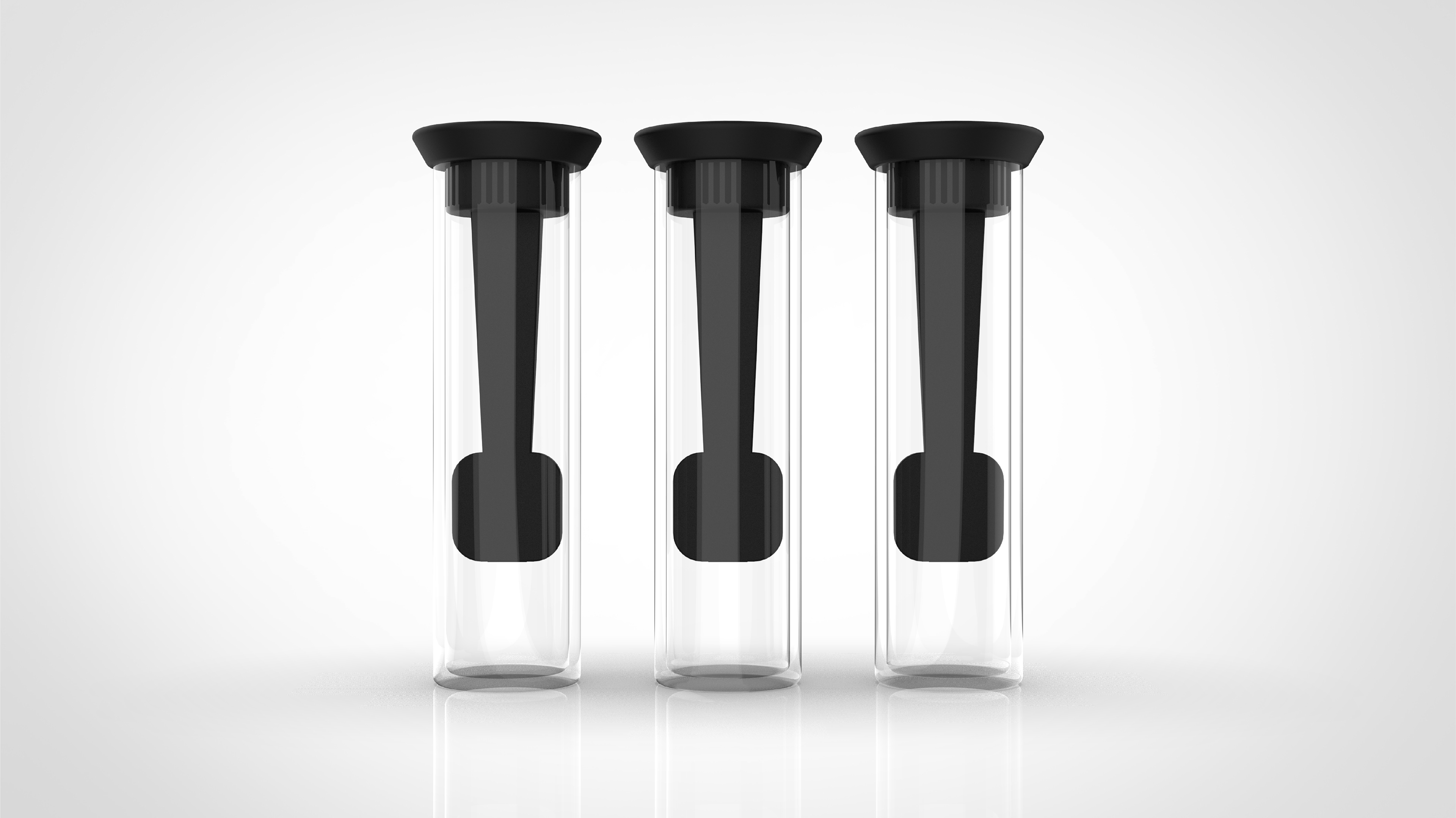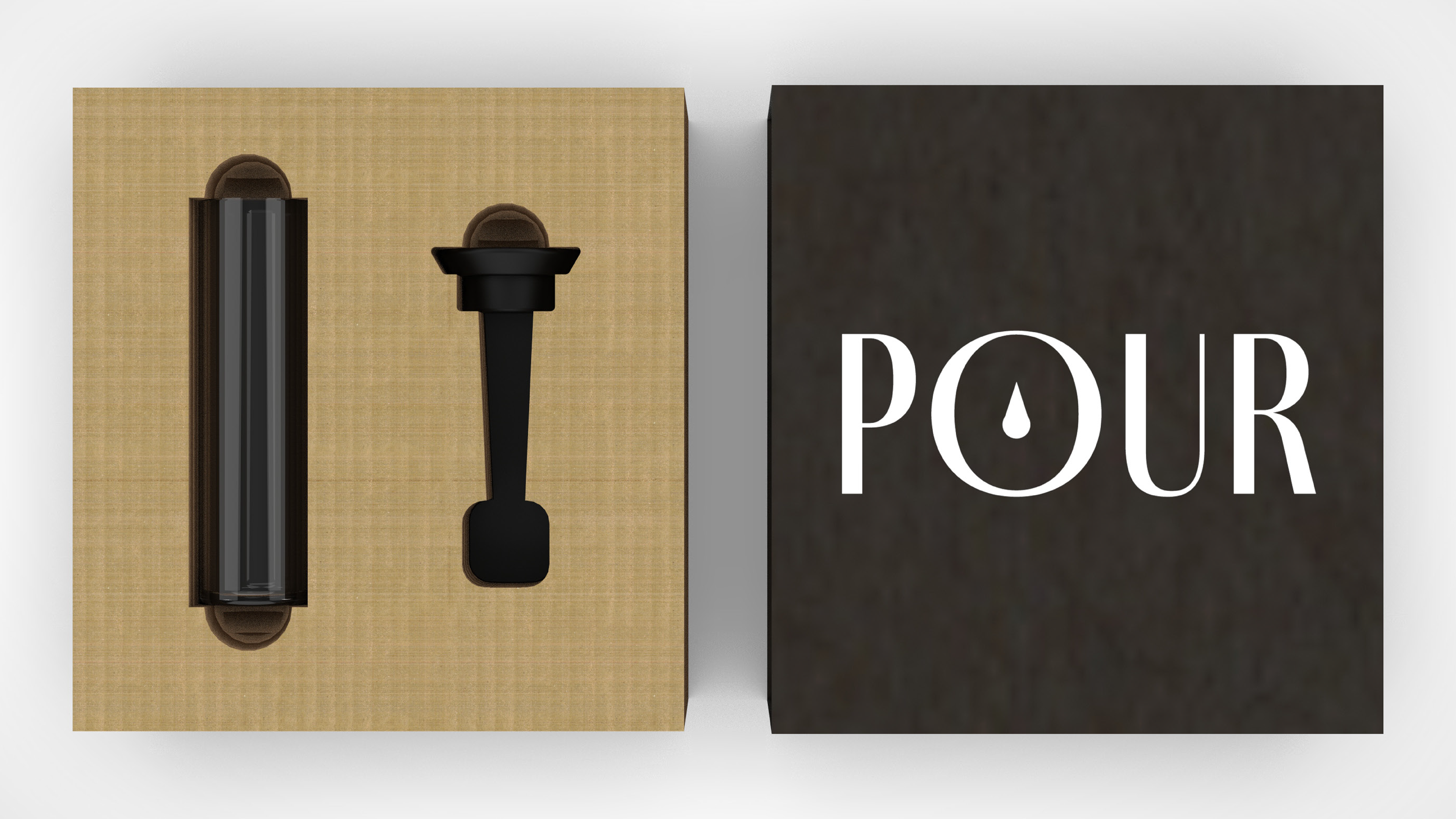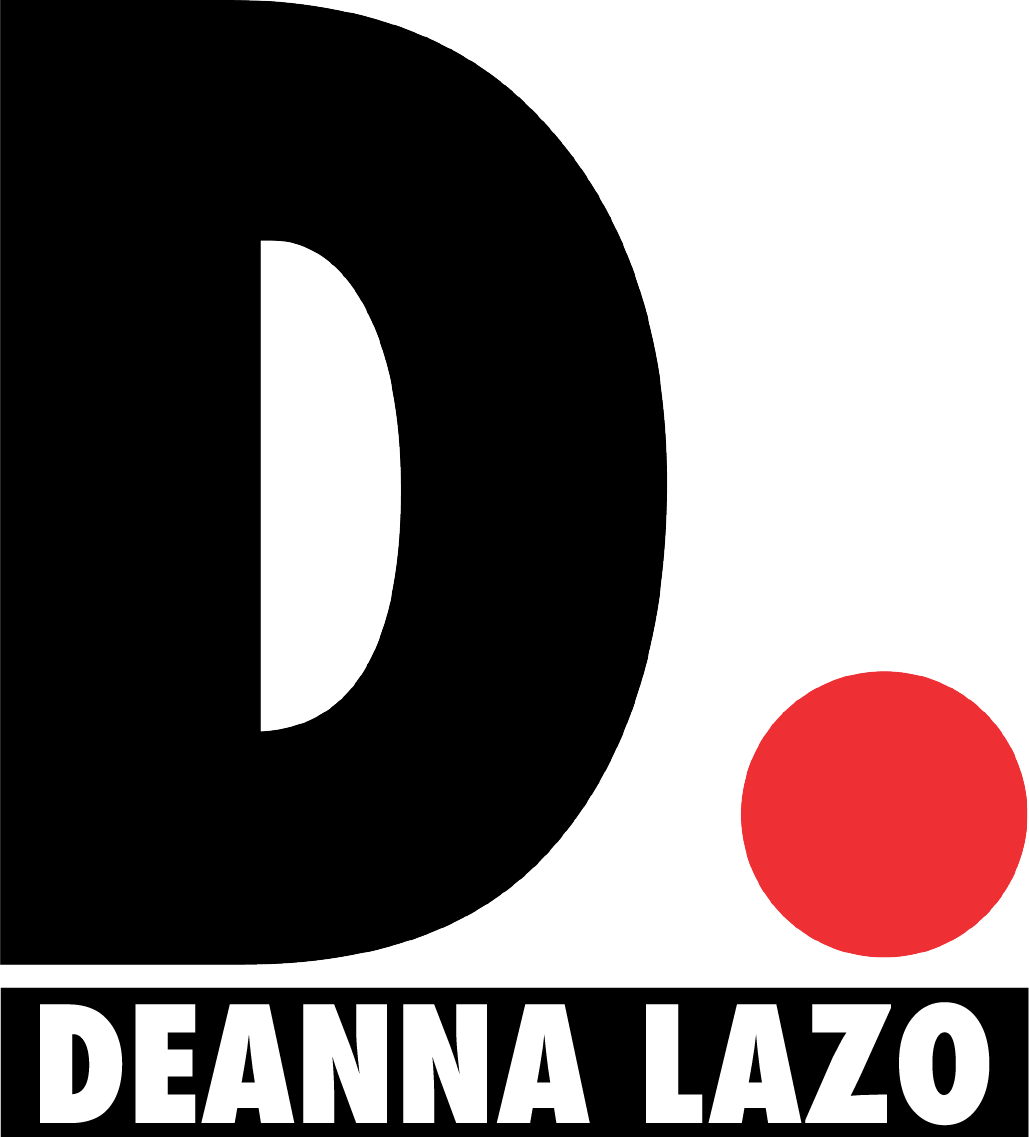In this year-long project I developed a self-serve machine for liquid foundation that uses and encourages a bottle return system to reduce waste in cosmetic packaging.




The Problem
As the beauty industry continues to grow exponentially, most companies are more or less marketing the same products. What separates each company is its unique packaging. Nevertheless, with more and more packaging comes a point of excess waste of single-use plastic.
Findings
Some problems I discovered:
- It is common for consumers to not know what to do with product packaging when they finish the product
- Bleach was being poured on returned/trashed/damaged cosmetics to deter people from dumpster diving
- Flashy packaging with glitters and dyes are usually non-recyclable
- Companies are judged very harshly if they do not have a diverse and inclusive shade range
Issues Surrounding Cosmetic Packaging Waste:
Excess Products: You may end up with containers you don’t know what to do with.
Concern:Maybe you’re already worried about our environment.
Guilt: Is that bottle too pretty to see go to waste?
Cost Increase: As resources deplete and become more costly, so does the market price.
Excess Products: Not enough raw materials can mean your favorite products cease to exist.
What systems already work?
Build-a-Bear bases their entire store around the customer experience. Their model is extremely personalized and allows customers, mostly young children, to go through all the steps of designing their own stuffed animal, making a wish, and bringing it to life with a heart.
Starbucks began piloting a reuseable cup program with drop stations. It starts with a $1 deposit for the cup and ends with the reusable cups being sanitized before put back into circulation.
Like paint colors, cosmetic shades also are comprised of a base formula and a combination of pigments. If paint can use a ready-made system, then there is definitely an opportunity to apply it to the makeup industry.
The Coca-Cola Freestyle machine not only enhances operations and delights guests, but it also increases fountain incidence. Their chic machine draws a lot of attention in restaurant facilities everywhere. Each beverage and flavor option is connected to the dispenser for convenient and timely service.
In 2012, Sephora launched Sephora + Pantone Color IQ. This system allowed makeup users to determine their perfect foundation shade. It worked by using the Color IQ device to take photos of the forehead, cheek, and neck. Then the device calibrates the three photos into the best Pantone Skin Tone number. From there, a consumer could use that number on iPads to pull up all of the foundations that were and adequate match to his or her skin tone.
Sketches & Inspiration
The Pour System
Consumers can purchase a bottle that eventually ends up in a closed system rotation. They can choose to clean the bottles themselves before getting a new pour, or they can return it at their partnering Pour retailer and receive a clean one in exchange.
With an interactive method of obtaining makeup, the consumer can develop a closer connection with their product and the retail brand. Taking note of experiences such as Build-A-Bear, I wanted to instill a similar feeling of connection into the Pour system.
Features of the Pour System
After discovering that the technology used for the Sephora + Pantone Color IQ was being implemented by cosmetic brands independently, I thought it would be perfect to incorporate into the Pour System. Typically there is a store representative that administers the color matching with these tools, however, it is simple enough for a consumer to use with a brief prompt.
This system is made for cosmetic companies that have their own designated stores, makeup counters, or even pop-ups. With the option to change the color of the outer shell, brands can easily add a touch of their aesthetic to the Pour machine to make it more cohesive in their stores.
Branding
Interfaces
Moving Forward
I think there may be an opportunity to eliminate the secondary packaging completely. In this instance the customer would pay a one-time fee for using the service/bottle and then still pay the assigned amount each time they fill.
Another consideration I had with the Pour system was applying it to other products such as skin care, concealer, and other viscous cosmetic products. With many products being made similarly, the main few differences would include base formulas and containers.
My entire thesis book is available to view on Issuu! Click the button below to check it out!
